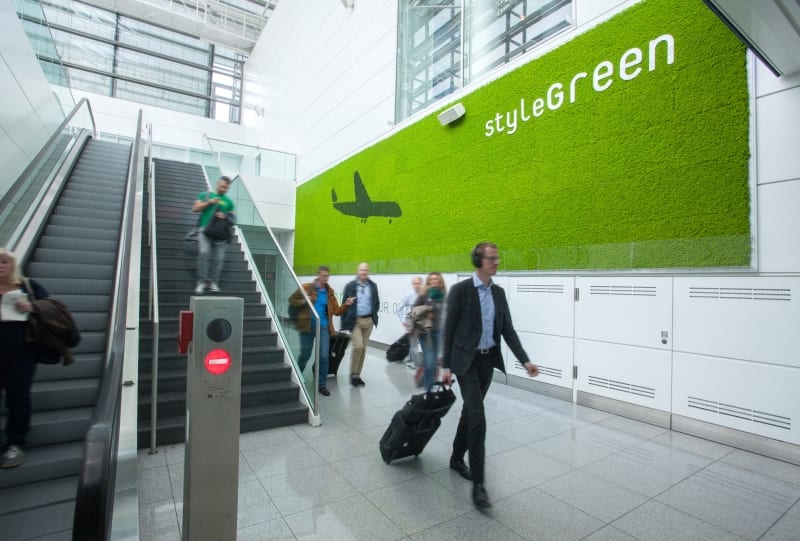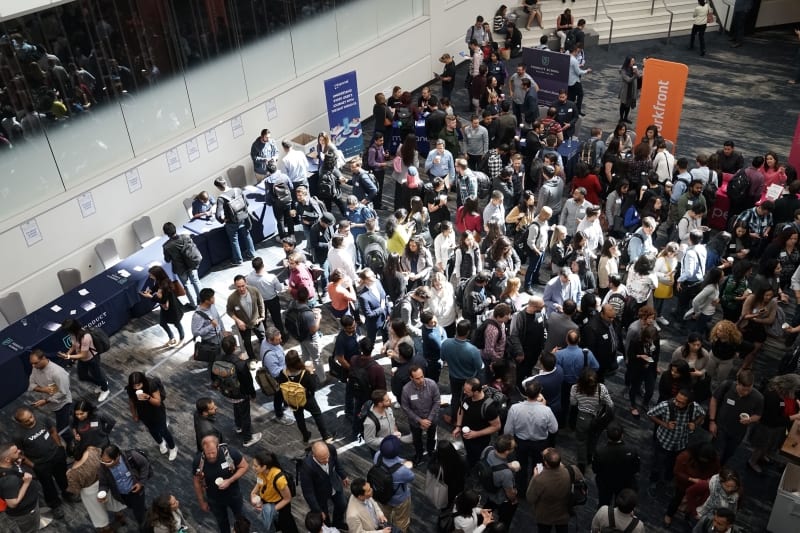Based on comments and thoughts by Gary van der Watt, Director of Resource Design
I was recently asked if I would recommend virtual reality events as a means to avoid the massive environmental cost of flights and travel. In short, my answer for business to business events is no. This is why.
Virtual Reality (VR) applications have been used globally with mixed results. In the gaming environment it works, but that’s because no interpersonal interaction is needed. As a conferencing tool it has not been that successful. This is because conferencing is only partially based on the speakers and content:
- The overwhelming majority of conference attendees list their reason for attending as the opportunity to network with like-minded people from their industry at a focused event.
- The exhibition aspect is also missed with a VR offering. VR expos have never taken off as it’s critical that exhibitions include human interaction. This is also apparent in retail. People shop online, and this form of retail is growing exponentially, BUT they will first go to a store to look at the product, try it on and so on. Hence the success of the ‘flagship’ store concept that holds only the newest, but very little, stock for people to experience firsthand.
There is a misperception about flights and travel. Any given flight won’t stop because 15 delegates did not get on it. With 10 people or 200 on a plane – there is the same CO2 footprint. What is important is how these CO2 ‘costs’ are used.

Professional Conference Organisers have tried hybrid events to overcome these challenges, while keeping their environmental impact down (and often the financial costs, too). Typically the approach is to set up a number of venues and live stream the speakers, content and other parts of the programme. Design Indaba did this and implemented satellite venues around South Africa and Africa. This works better than people meeting online from their home or office space, as you are able to retain the face-to-face benefit of events. But this approach still means that there is an environmental cost for the venues, transport of people to those venues, and so on – although admittedly it cuts out the long distance travel.
However, I would argue that this isn’t necessarily more sustainable than hosting large B2B events. There is a misperception about flights and travel. Any given flight won’t stop because 15 delegates did not get on it. With 10 people or 200 on a plane – there is the same CO2 footprint. What is important is how these CO2 ‘costs’ are used.
If 2,000 delegates each spend time, money and flights to see another 20 delegates or exhibitors at their place of work, the overall financial cost and CO2 expense would be far greater than if everyone attends a single conference. By bringing a group of 2,000 people together at a focused space and time, the event can be extremely successful in terms of educating, networking and learning. A delegate will spend a fraction of his sales and marketing budget than compared to visiting 20 clients, suppliers or peers individually.
I believe that the real secret of sustainability is making an event successful – while also making efforts to make it as sustainable as possible.
I believe that the real secret of sustainability is making an event successful – while also making efforts to make it as sustainable as possible. This includes event greening planning, implementation, assessment and perhaps even audits. An event could be paperless. An exhibition can use locally manufactured and sustainable materials. All goods could be re-usable, resulting in a zero waste conference. The end result is that a delegate may actually use fewer resources at a conference than at home, or even learn to be more eco-aware. This combined with the business efficiency of a collective event rather than numerous individual ones is what, in my opinion, makes an event truly sustainable.





